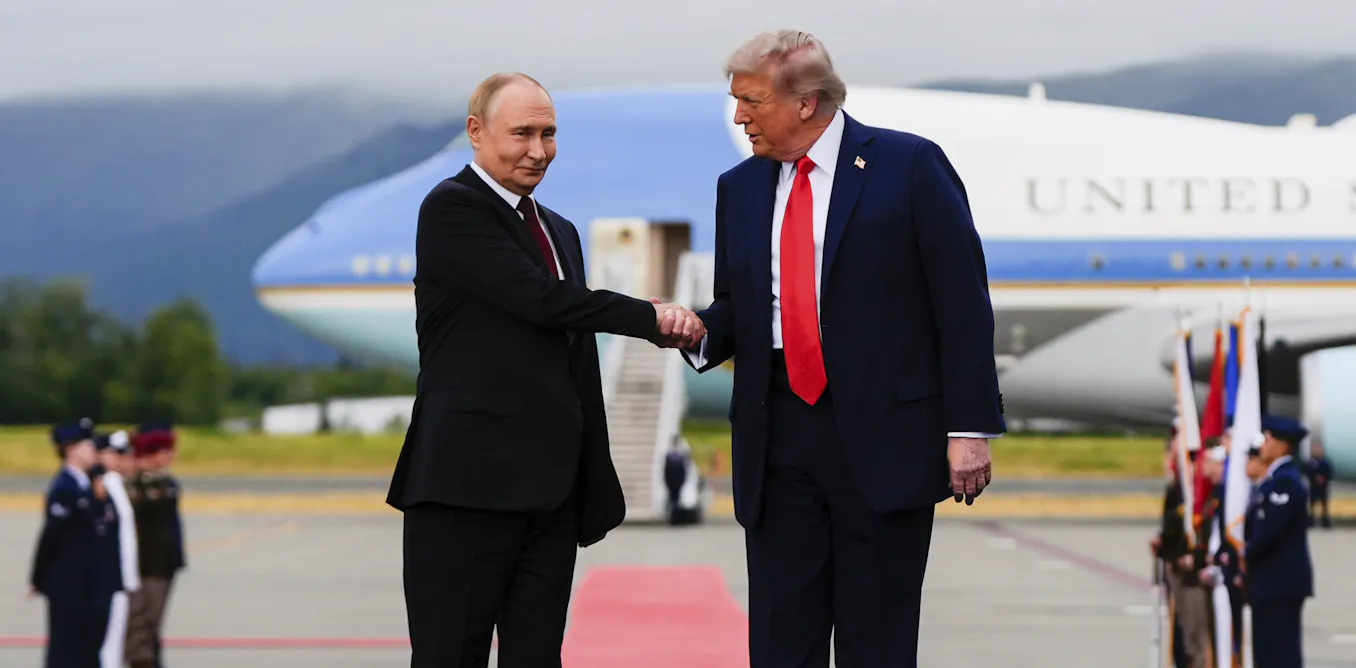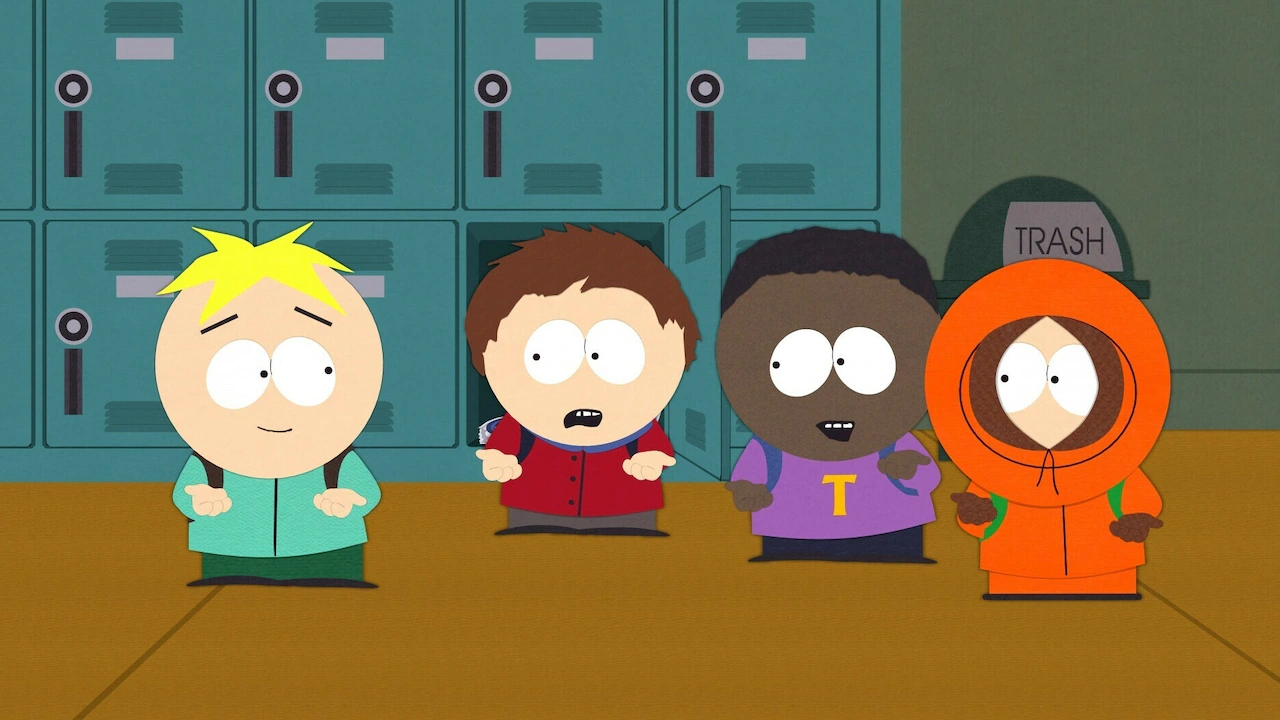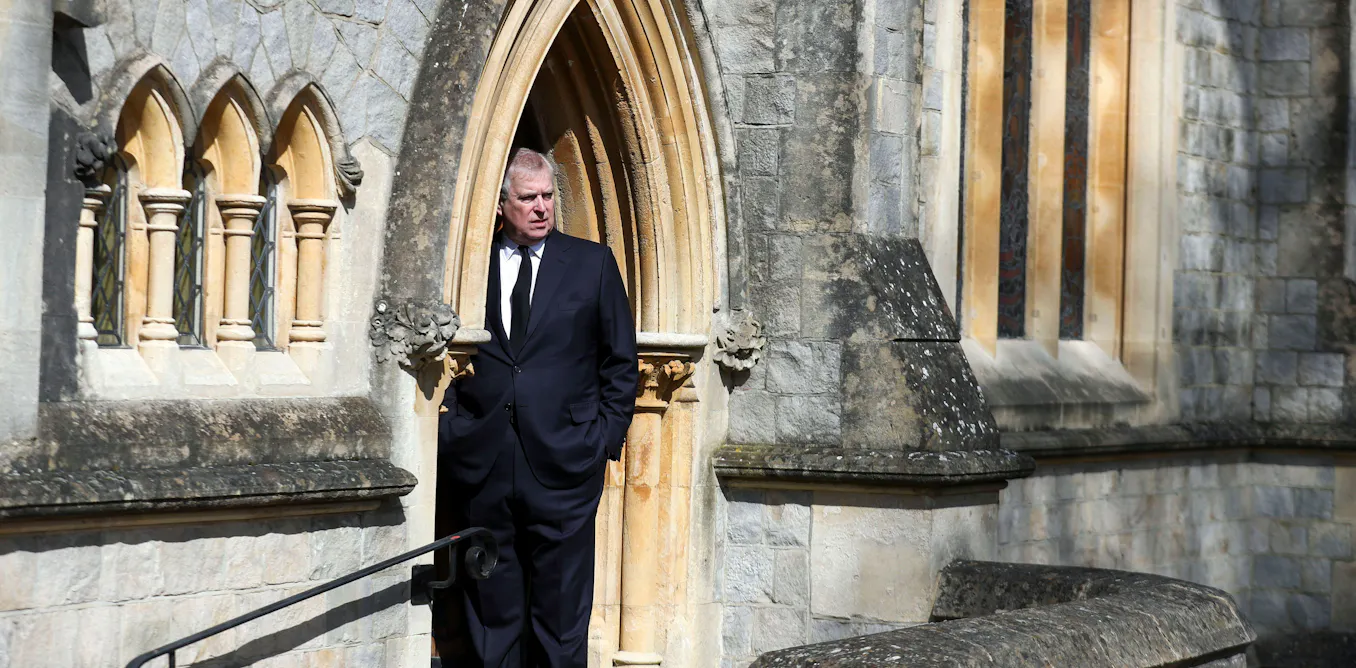Copyright theconversation

Donald Trump’s administration recently announced a forthcoming meeting between the American president and Russian leader Vladimir Putin to take place in Hungary. High-level talks from representatives of both the United States and Russia were to set up such a meeting in the near future. Within a few days, such a meeting was no more. The Kremlin announced it had never agreed to it. Trump, on the other hand, implied Russia had cancelled the meeting. Since then, Trump has argued any meeting with Putin would be a “waste of time” without a peace agreement in hand. While tempting to see this as a brief “what could have been,” it really highlights how Putin manages his relationship with Trump — to the detriment of Ukraine. Read more: How Trump's separate meetings with Putin and Zelenskyy have advanced Russian interests Personalized politics Putin and Ukrainian President Volodymyr Zelenskyy each see the U.S. as playing a critical role in the eventual outcome of Russia’s war against Ukraine. Putin wants Russia to again be perceived as a great power, equal in stature to the United States. To meet these ends, Putin has used personalized politics with Trump, recognizing that Trump seems to admire him. Putin plays to Trump’s ego; after he met Trump in Alaska in August, Trump shared in follow-up interviews how Putin agreed with Trump’s concerns about mail-in ballots in American elections. In October, he praised Trump’s supposed peacemaking capabilities after he was not named the recipient of the 2025 Nobel Peace Prize. Putin, privately and publicly, praises Trump or supports him on political issues important to the president, ensuring he remains in Trump’s good graces. Putin then uses his discussions with Trump to share Russian talking points about why Russia launched a full-scale invasion of Ukraine in 2022, to share Russia’s weaponization of history to justify its claims on Ukraine or to explain “the root causes of the conflict” in Russia’s eyes. In the aftermath of these direct calls and meetings, Trump tends to parrot these Russian talking points publicly and in meetings with other leaders, as he did in February and August. He did so again on Oct. 17, 2025, when Trump met with Zelenskyy and reportedly argued with him, claiming Ukraine would be destroyed by Russia if it did not agree to Putin’s demands. Putin’s 3 aims Putin does all this for three purposes. First, it strains the American relationship with Ukraine. Recall the infamous meeting between Zelenskyy, Trump and U.S. Vice-President JD Vance in the Oval Office in February, which took place after Trump first spoke with Putin. Second, it often delays or ends certain supports Ukraine hopes to obtain from its American allies. Take the now-aborted Hungarian summit — it was announced the day before Zelenskyy was going to meet Trump to discuss the Ukrainian purchase of Tomahawk missiles. After their meeting, there was no such agreement. With this new potential long-range threat off the table, the Kremlin apparently saw no reason to continue the charade. Third, Putin aims to strain the American-European alliance. Since February 2022, generally speaking, Europe and the United States have been united in their support for Ukraine. But Trump’s pronouncements criticizing European nations for their defence spending — along with Trump’s perceived closer ties to Putin — have caused alarm. When Trump met with Putin in Alaska, Ukraine and its allies feared peace terms favourable to Russia would be forced upon Ukrainians. When Zelenskyy met with Trump just days later, European leaders joined him, hoping to avoid catastrophe. Instead, the meeting went well, and the U.S. seemed to be in alignment with European leaders, including even, albeit briefly, offering American security guarantees in developing a possible peace plan. This episode also highlights how Zelenskyy too has capitalized on personal meetings with Trump to his benefit. Ukraine still sees the U.S. as an important ally and has tried to manage Trump’s transactional nature, signing a raw mineral deal and agreeing to purchase American weapons with NATO support. Zelenskyy has also relied on personal meetings to mend the relationship. In April, he met privately with Trump at Pope Francis’s funeral, moving on from the aforementioned contentious Oval Office meeting. In August, Zelenskyy aimed to make a positive impression to counter a potential pro-Russian meeting with Trump. He even wore a suit, a nod to one of the notable criticisms against him during the Oval Office meeting, as he showcased his willingness to play to Trump’s ego. Because Trump has emphasized a desire to negotiate peace between Russia and Ukraine, both Putin and Zelenskyy have used this focus to manage their relationship with the American leader. Read more: Why justice for Ukraine must be at the forefront of peace negotiations Another chapter in the Trump saga Since the Hungarian meeting was postponed — or cancelled, depending on who you believe — the U.S. has since implemented harsher sanctions on Russian oil companies and those who purchase Russian oil. Trump has also said he’s done “wasting his time” until Putin is serious about peace. He’ll likely be waiting a long time. Putin has not seriously altered his demands in Ukraine at any point since Russia began its full-scale invasion of the country more than three years ago. There will likely be an actual meeting between Trump and Putin again in the future. While many are hopeful for peace, these episodes are more reflective of Putin’s ability to manage Trump when needed than any real desire for ending Russia’s war in Ukraine.



